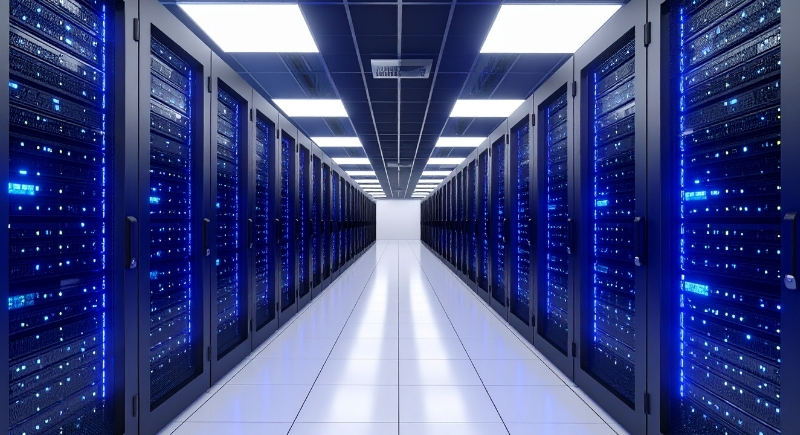The AI Bubble Isn’t Just a Tech Problem, It’s a Ticking Time Bomb for the Entire Economy
Tech giants are projected to spend hundreds of billions of dollars this year on AI infrastructure, including data centers and chips. This level of investment is among the largest in modern corporate history. By 2026, total AI capital expenditures are expected to exceed $500 billion globally, roughly equivalent to Singapore’s annual GDP. Yet the returns on this spending remain modest. According to multiple economic reports, business spending on AI has contributed significantly to U.S. GDP growth, even as consumer spending on AI products and services remains comparatively small. The gap between what companies are investing and what they are currently earning is striking.
Investors are treating AI like a gold rush by throwing billions at startups that promise breakthroughs but have yet to deliver them. One prominent example is Thinking Machines, a company led by former OpenAI executive Mira Murati, which recently raised $2 billion at a $10 billion valuation despite not yet releasing a commercial product. This speculative frenzy echoes the dot-com era, when valuations soared on promise rather than profits. The S&P 500’s recent gains have been driven primarily by a handful of major AI-linked firms (Alphabet, Amazon, Apple, Meta, Microsoft, Nvidia, and Tesla), often referred to as the “Magnificent Seven.” Several of these companies have seen their free cash flow decline by about 30% over the past two years, even as their market values have climbed.
AI Spending Is Fueling Growth, But It Can’t Last

Image via Canva/Cnv Studio
Economists warn that the AI boom is shouldering much of the burden for America’s recent economic strength. Analysts note that massive spending on AI infrastructure and data centers has been a key factor supporting GDP growth. Without this surge in Big Tech investment, the U.S. economy would likely be weaker. However, this momentum depends on continual high levels of capital expenditure, something few economists believe is sustainable in the long run. If AI spending begins to plateau, the growth that depends on it could slow sharply.
Paul Kedrosky, an economist and investor, has compared today’s AI surge to the telecom boom of the 1990s. Investment was poured into a single hot sector, which drove up borrowing costs and pulled capital away from other industries. Kedrosky describes this dynamic as a “black hole of capital,” where money is absorbed into one trend at the expense of the broader economy.
Productivity Problem No One Wants to Talk About
AI’s greatest selling point has been its purported ability to increase worker productivity, but mounting evidence challenges this assumption. A study by the Model Evaluation & Threat Research (METR) group found that experienced software developers using AI coding assistants completed tasks roughly 20% slower than those working without them. Many participants reported spending extra time correcting AI-generated mistakes, thereby offsetting any potential efficiency gains.
Research from MIT and McKinsey supports similar conclusions. An MIT study tracking 300 corporate AI initiatives found that 95% failed to boost profits, while McKinsey reported that over 80% of companies using AI saw no measurable improvement in earnings. Gartner has also declared that AI has entered the “trough of disillusionment,” a phase where initial enthusiasm gives way to disappointment and realism.
Danger Comes When the Money Runs Out

Image via Getty Images/D-Keine
AI investment has functioned like a private-sector stimulus, temporarily cushioning the economy from a slowdown. In the first half of this year, business spending on AI added more to GDP growth than all consumer spending combined.
This type of growth cannot continue indefinitely. A slowdown in AI investment could lead to layoffs, delayed projects, and a reduction in economic output. Economists warn that if private credit loans tied to AI expansion were to default simultaneously, it could trigger financial instability.
Interestingly, AI is not eliminating jobs at a rapid pace. Studies show that workers in AI-exposed fields are not experiencing faster job losses than those in less-exposed sectors. Yet many executives are mandating AI integration into workflows, often mistaking busier teams for more productive ones. This mirrors the early adoption of email in the 1980s, which made workers busier but not necessarily more efficient.
AI might eventually fulfill its potential, but for now, it is running on a mix of optimism, momentum, and extraordinary spending. If that investment slows before the technology delivers real economic returns, the impact could reach far beyond Silicon Valley and weigh heavily on the entire U.S. economy.